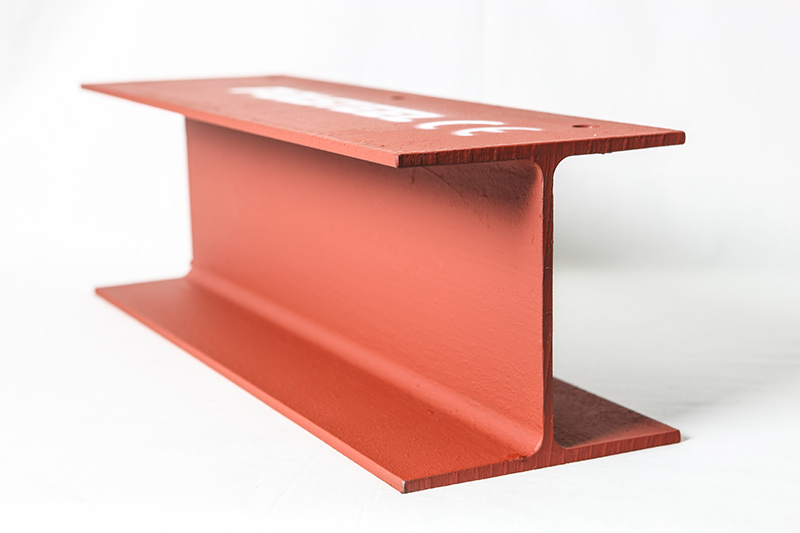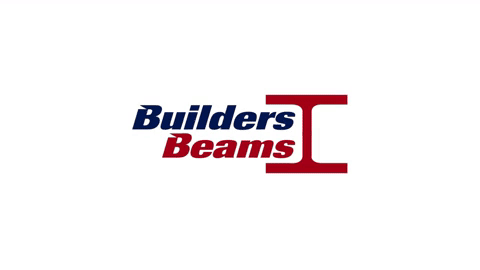Raw Steel Finishes offer the basic, unprocessed form of steel that serves as a fundamental material in the construction industry. This versatile product is derived directly from iron ore and is highly valued for its strength and durability.
Steel is well known as an oxidising material, meaning quite simply that it can and will, eventually, rust. Rust is caused when iron and oxygen react together in the presence of water or moist air. Rusting is highly detrimental to the strength of steel, so for long-term structures, it is essential to find a solution to prevent rust from forming.






